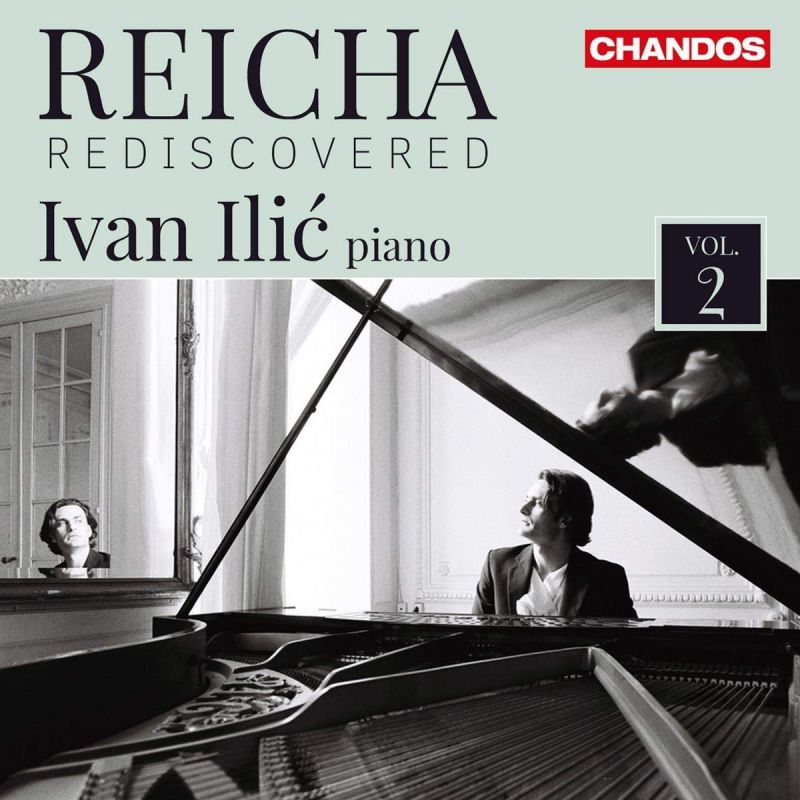Reicha Rediscovered, Vol 2 (Ilić)
View record and artist detailsRecord and Artist Details
Composer or Director: Antoine(-Joseph) Reicha
Genre:
Instrumental
Label: Chandos
Magazine Review Date: 11/2018
Media Format: CD or Download
Media Runtime: 63
Mastering:
DDD
Catalogue Number: CHAN20033

Tracks:
| Composition | Artist Credit |
|---|---|
| Études dans le genre fugué, Movement: Nos 1-13 |
Antoine(-Joseph) Reicha, Composer
Antoine(-Joseph) Reicha, Composer Ivan Ilic, Piano |
| (36) Fugues, Movement: No 12 |
Antoine(-Joseph) Reicha, Composer
Antoine(-Joseph) Reicha, Composer Ivan Ilic, Piano |
Author: David Threasher
Rather than simply compile an anthology of contrapuntal exercises, Reicha accompanies each with an introductory prelude-style piece, in the manner of Op 97’s clear model, Bach’s Well-Tempered Clavier, or Hindemith’s Ludus tonalis. The preludes may be melancholy, as in the E minor No 1, or more effusive, as in the full-fledged (if hardly revelatory) variations of No 3. Like Bach, these preludes too become character pieces, often making use of canon, chaconne or dance rhythms. The feeling lingers, though, that Reicha is not possessed of Bach’s thematic imagination, and few of them stick in the mind or provoke one to wonder at any compositional sleight of hand.
Ilić argues persuasively for the variety of fugal approaches in these pieces but, again, there is little here of the sense of wonder at Bach’s ability, in the ‘48’, to present a compendious range of fugal types and styles, despite Reicha’s occasional idiosyncratic turn of harmony. Dynamic markings are sparse in the score and so too in the recording, which barely strays outside a range between mezzo-piano and mezzo-forte: a pity given the greater profile that might have been granted to the syncopated pedal points of the seventh prelude or the pecking repeated notes of the ninth fugue.
One can imagine Reicha’s students – who included Berlioz, Franck, Liszt and Gounod – finding these pieces invaluable as primers for their own contrapuntal studies. Despite Ilić’s zeal for this music, however, the modern listener may not find himself panting in anticipation for Nos 14 34 of these studies.
Discover the world's largest classical music catalogue with Presto Music.

Gramophone Digital Club
- Digital Edition
- Digital Archive
- Reviews Database
- Full website access
From £8.75 / month
Subscribe
Gramophone Full Club
- Print Edition
- Digital Edition
- Digital Archive
- Reviews Database
- Full website access
From £11.00 / month
Subscribe
If you are a library, university or other organisation that would be interested in an institutional subscription to Gramophone please click here for further information.




